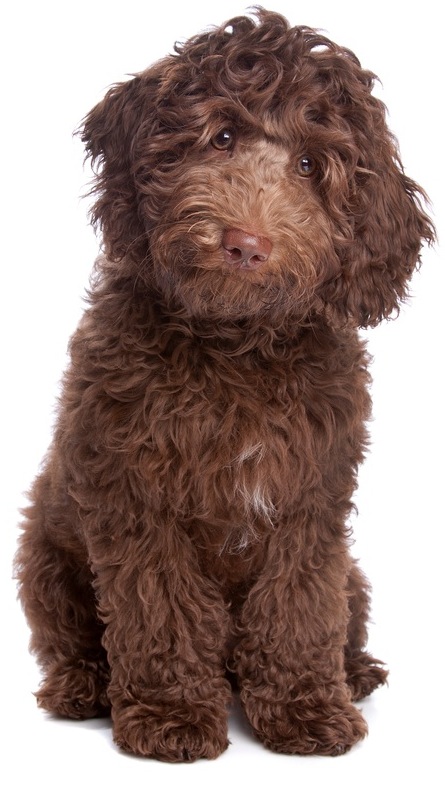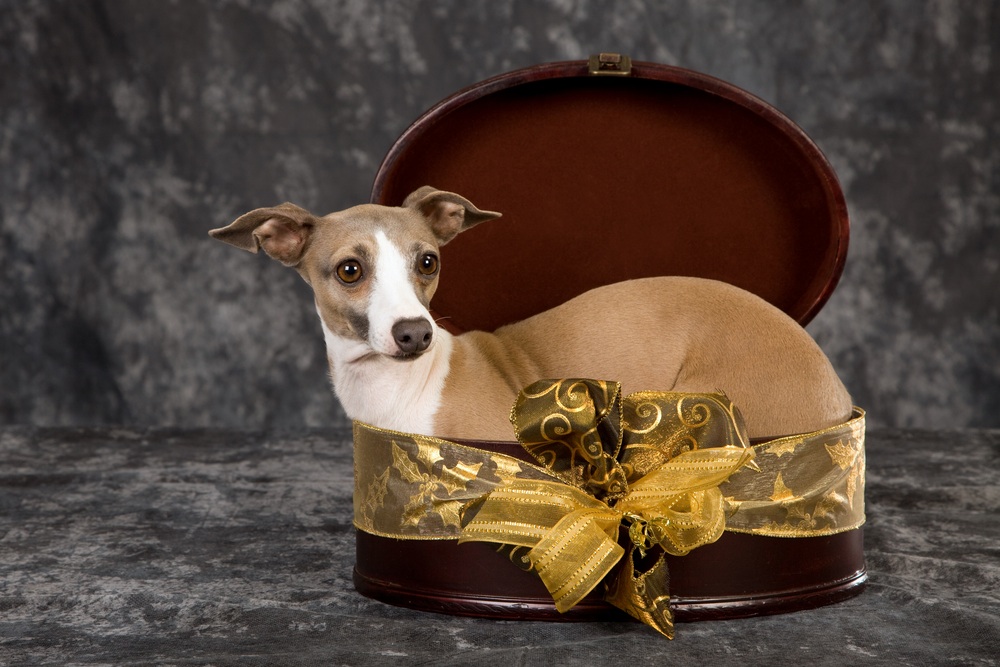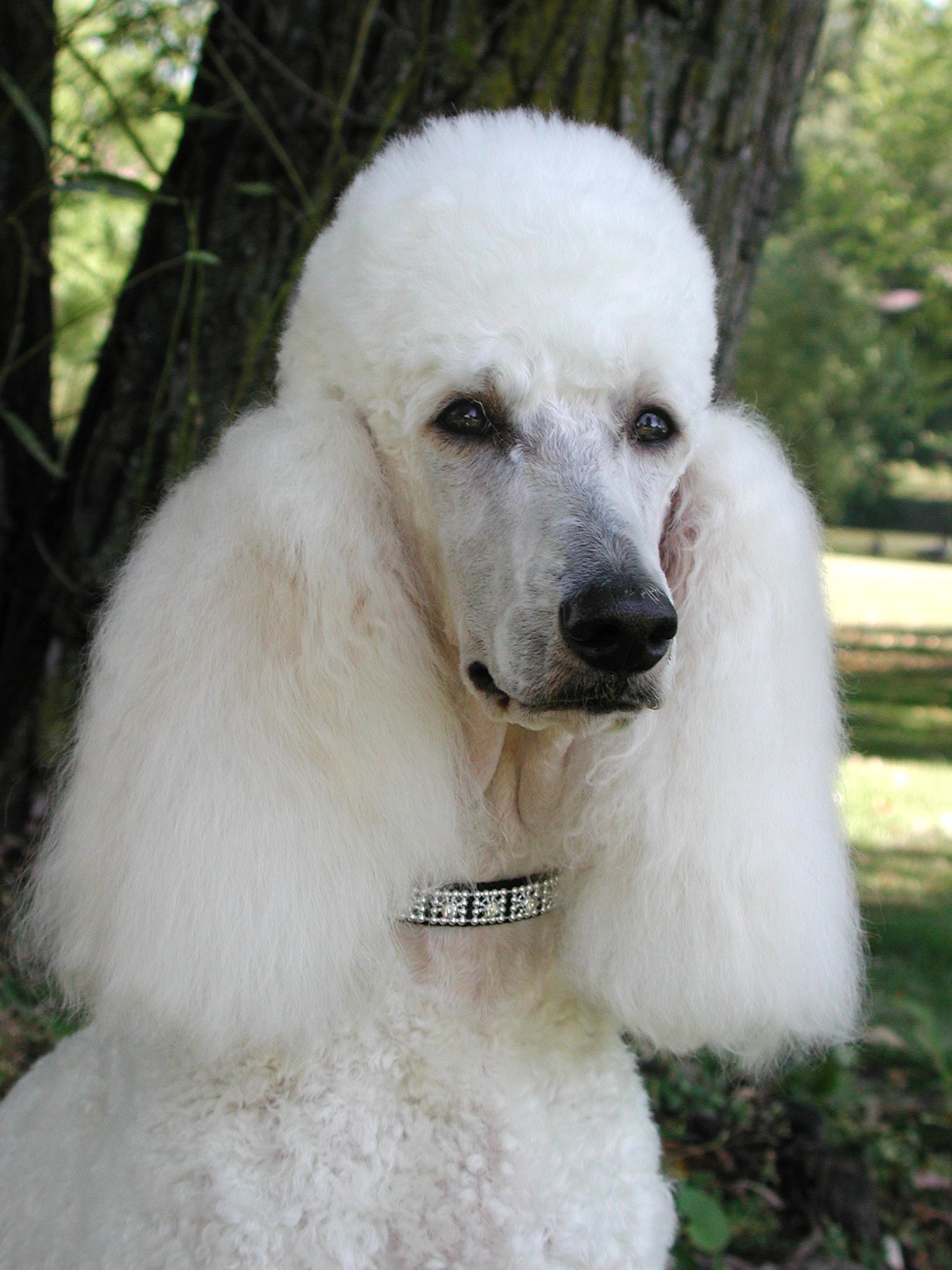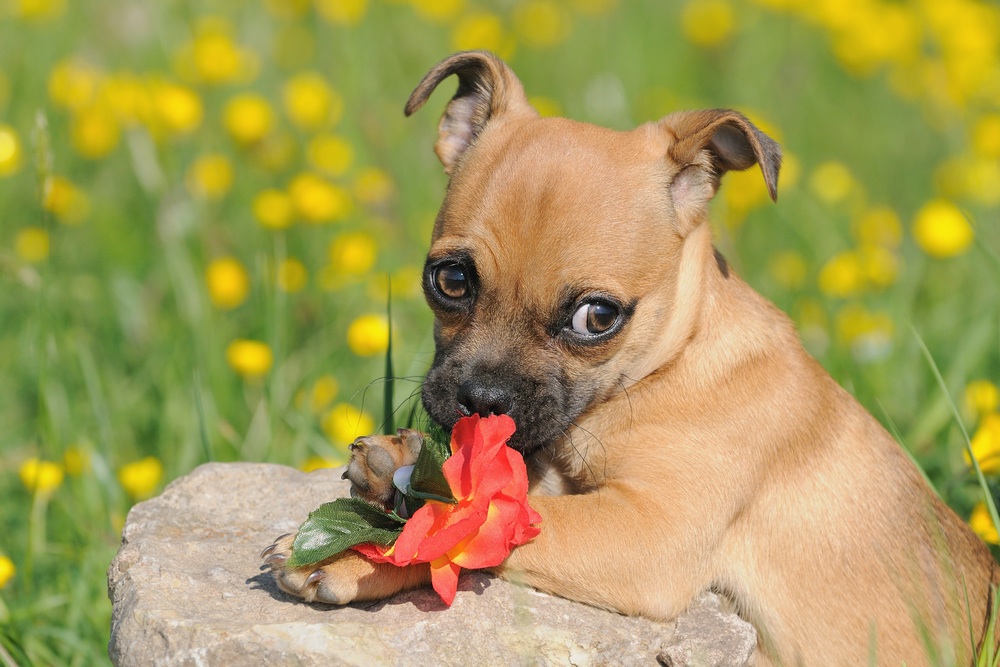The Rise of the Designer Dogs

Our association with dogs is believed to date back up to 100,000 years ago. This relationship undoubtedly began as a random process, occurring in a number of scattered, small communities within the range of the dog’s grey wolf ancestor.
Orphaned or abandoned wolf cubs would be raised in settlements, maybe as companions for younger members of the tribe, but equally, if food became scare, there was no risk of sentiment, with these ancestral dogs being eaten. Some survived and bred however, and over successive generations, these early dogs became more friendly and tractable, and ultimately even trainable. They helped to capture quarry, and acted as guardians.
By the start of recorded history, dogs had already become more specialised in terms of the tasks they carried out. Their strength in some cases meant they could pull sleds and carts, while others proved valuable in retrieving shot game, even from water.
As society evolved, so the work which dogs undertook continued to change as well. There were turnspit dogs for example, whose role was to turn the spit on which meat was being roasted by walking on a treadmill in the kitchens of large homes. They faded into obscurity after the 1700s and ultimately died out, as a result of cooking techniques altering.
None of the dogs from this early era was a distinctive breed, as we understand the meaning of the term today. Rather, such similarity as existed in their appearance was a reflection of their working origins. Scenthounds such as the bloodhound had broad noses for example, so as to help them to pursue a trail more effectively.
Breed awareness
A fundamental shift then took place in the second half of the 1800s, with the foundation of kennel clubs, both in Europe and North America. Interest was turning away from keeping dogs primarily for working purposes. Instead, they started to be bred increasingly for exhibition purposes, to conform as closely as possible to the “breed standard”. This is a written reflection of what constitutes the ideal features of the breed, in terms of all aspects of its appearance.
The rising support for dog-showing meant that many breeds soon achieved worldwide recognition, being kept far outside their area of origin. Showing in turn also led directly to the rising popularity of dogs as pets. This emphasis on appearance could seduce the unwary into choosing a dog based largely on its looks however, without appreciating that the temperaments of different breeds could vary widely, depending on their origins. Even today, Welsh corgis as an example can prove rather snappy by nature, but this is simply a reflection of their working past. They were used as herding dogs, nipping at the heels of cattle and cajoling them to move.Italian greyhound

The origins of such breeds, instilled over the course of hundreds if not thousands of years, have meant that there can be problems integrating them successfully into domestic surroundings as companions. Herding breeds in general were originally kept to undertake arduous physical work, which demanded considerable stamina and intelligence. Unsurprisingly therefore, dogs like collies may easily become bored and destructive in domestic surroundings, without adequate exercise and mental stimulation.
The only group of dogs which have been bred specifically as companions over the course of centuries are the members of the toy group. The ancestors of these breeds were often larger dogs which were selectively bred down in size. They became favoured companions for the ladies around the royal courts of Europe from the 1500s onwards. Hence the greyhound itself was shrunk to create the miniature Italian greyhound, shown above.
The rise of designer breeds
Now there is a new movement becoming apparent, driven partly by a desire to achieve a closer relationship with dogs that are possibly better-suited as pets than their working ancestors. The trend towards breeding so-called designer dogs is already well-established in North America, and the same process is now happening in Europe too.

The aim is to create new companion breeds of all sizes. It is no coincidence either that poodles are at the centre of this movement, not just because of their natural intelligence, but also because they occur in standard, toy and miniature sizes. They also do not shed in the same way as most dogs. This in turn means that homes can be kept freer of dog’s hair, making them more suited to people’s lifestyles today.
The question is, however, just what this means for today’s breeds? Already, a number have been identified by the Kennel Club in the UK as being under threat of extinction and it is not inconceivable that some of these could actually become extinct, as designer dogs become more fashionable.
The fact is that the number of dogs being kept as pets is not generally growing significantly here, and so certain breeds must inevitably become scarcer, if designer dogs prove more desirable. Already in England, the prices being charged for some of these crosses are higher than those being asked for the breeds from which they have been created. There is clearly an incentive for breeders to continue producing them.
The way in which dogs have been selected to meet our needs is nothing new however, but part of a progression which dates right back to the earliest days of their domestication. A basic shift is now occurring once again. The emphasis is being placed increasingly on selecting good-natured household companions for the first time, rather than dogs adept at carrying out specific tasks.
The best-known designer dog

The Labradoodle (Labrador retriever x standard poodle) seen at the start of this page is already on the way to being accepted as a breed in its own right, and others will inevitably follow. In addition to poodles, pugs have also played a significant part in the designer dog movement. The puggle - a cross between a pug and a beagle is well-established, and other crosses, such as the pug x Jack Russell terrier seen here appear to be growing in popularity too.
Such dogs may ultimately form a new companion category on the show scene, but it currently remains to be seen whether the appeal of such designer dogs could trigger an overall increase in dog ownership as well.